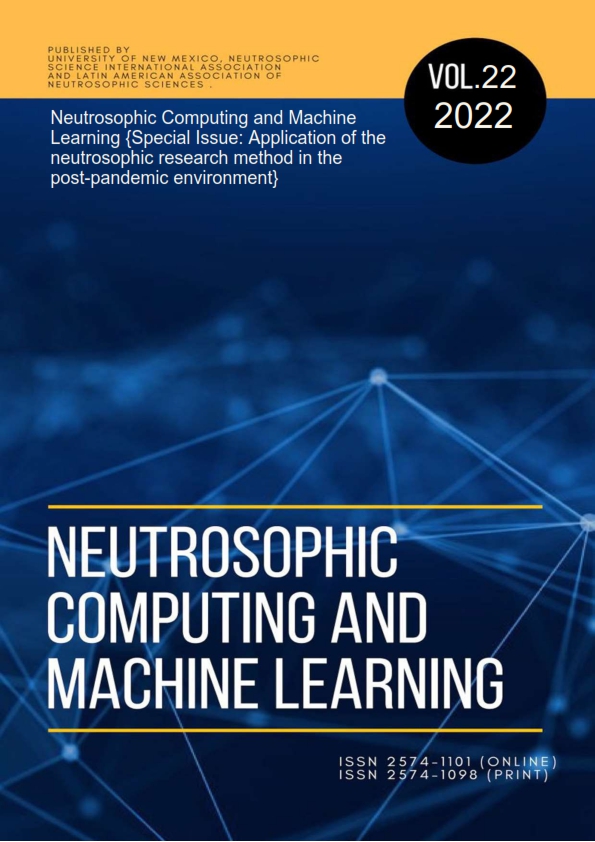Neutrosophical multicriteria method for the evaluation of the doctrinal legal analysis of administrative silence in the Organic Administrative Code
Main Article Content
Abstract
Within the Ecuadorian legislation, especially in matters of Administrative Law, the figure of Administrative Silence is recognized, which is considered a legal tool that allows sanctioning the inactivity of the public administration due to its obligation to resolve and notify requests for managed ones. The objective of this research is to develop a multicriteria neutrosophic method for the evaluation of the doctrinal legal analysis of administrative silence in the Organic Administrative Code (COA). By virtue of the foregoing, it is conducive to reflect on the legal value of this instrument called Administrative Silence, as it constitutes a means through which the right to petition enshrined in the Constitution of the Republic of Ecuador is safeguarded. Therefore, within this scientific article, it is intended to develop a multi-criteria neutrosophic method for the evaluation of the doctrinal legal analysis of administrative silence in the COA. Thus, in order to achieve this objective, an investigation of a documentary and legal nature will be developed that allows the review of different documentary, doctrinal and legal sources related to the subject under study, taking as research methods the doctrinal legal method, the logical method and the interpretive method. . The results of the investigation were obtained from the documentary analysis that will compare the way in which the figure of administrative silence is recognized, which allows analyzing how administrative silence develops according to the COA. Finally, with this study it was concluded that the Administrative Silence constitutes a powerful and important tool within the Administrative Law primarily because this tool allows guaranteeing the rights of the administered before the petitions that they propose to the public administration.
Downloads
Article Details

This work is licensed under a Creative Commons Attribution 4.0 International License.

